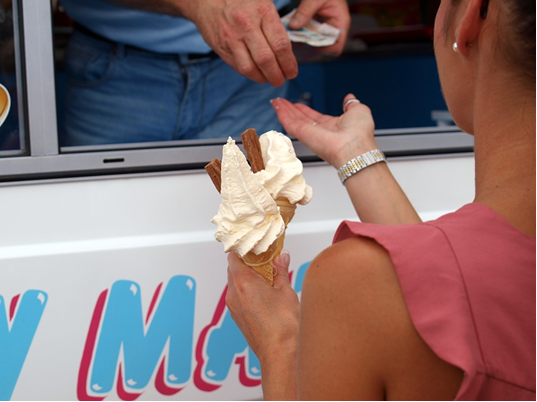
Before you start a business, it is crucial to keep in mind how you will capture and record sales data. Once you gather such information correctly, you’ll be able to measure the success of your business as time goes by and manage its finances. If you are interested in franchise opportunities, it is a good idea to ask about the POS systems they currently have in place. POS, or Point of Sale systems are systems on a computer that can help you process the sales in your business.
You should upgrade or update your point of sale system as the business grows. For example, different restaurants must meet their varying operational needs. Therefore, suitable restaurant POS systems must be able to address such needs via software and hardware interface. Before buying a POS system, consider how the restaurant may change in the future. Here are just a few examples of different types of restaurants would use varying POS systems.
Table of Contents
1. Deli
A Deli POS system supports many units to raise the patrons’ flow into a restaurant. The orders are taken at one point before they are sent to a deli line for filling and presentation to the client. This system helps to improve the management of inventory, which is very crucial in a busy deli. It can also support more than one payment option, enhance supervision of staff, and streamline accounting processes and payroll.
2. Bakery
Here, the user interface can be customized easily. You can design it in such a way that it reflects the product selection and identity of the bakery in a better way. Having paperless receipts ensures that there is easy tracking of delivery schedules and special orders. It also helps to track costs and sales and streamline the accounting process of a bakery.
3. Food Truck
Many food truck POS systems are tablet-based. With this, food truck owners have an easy time accepting debit and credit cards, thereby increasing their profit potential by a great margin. It is compact making it ideal for small mobile kitchens. Restaurant owners can create sales coupons and text alerts from social media thus creating a great opportunity to mobilize and motivate clients.
4. Pizza Restaurant
Similar to a deli’s POS system, fast casual pizza restaurants such as Your Pie use flexible restaurant POS software. Since these restaurants use a customer-centric conveyer belt system for building their pizzas, an order needs to be processed quickly so the focus can remain on creating a great experience for the customer. Over ten pizza orders can be baked in an oven at a time, so the POS system also needs to communicate order specifics to minimize mix-ups.
5. Japanese Restaurant
Multi-language POS systems help staff members process their orders in Japanese or English. It has interfaces that can be customized to support the more complex and diverse Japanese menu. Like any other POS system, owners can track deliveries, sales, employee schedules, inventory, and payroll.
6. Fast Food
These POS systems have an interface that is easy and quick to use. With this system, you can assign a key to each item on the menu making it easier and quicker to process the clients’ orders. Once an order is placed, it is sent directly to another terminal. This helps to reduce a client’s wait-time, since it is easy to use and training new employees to takes a concise time.
7. Bar
To prevent bartenders from over-pouring their drinks and reducing profits, you can connect pour spouts to your POS system. Once you do this, only the exact amount of the drinks will be reduced from your inventory. This helps to reduce confusion over the amount of stock remaining. With this system, special drink recipes can be availed on the screen just by touching a button. This enables bartenders to respond quickly to any request. Also, it has age verification features that help to prevent underage drinking.
Delivery
With a web-based system, you can easily make online orders. This helps to reduce the time staff members have to spend waiting for phone calls thus increasing productivity. It makes it easy to track orders in the bar and monitor the progress of deliveries. By tracking food costs and orders in real time, you can identify the peak hours as well as the most profitable items on the menu.
Point of sale systems have made accounting and revenue calculation much more accurate. Over the years, the most significant change in POS systems has been the availability of more affordable options for small businesses. Start-ups and small ventures do not have to use up all their finances to buy a costly POS system. What’s more, the availability of portable POS systems with Wi-Fi features helps restaurant owners serve their customers more efficiently. Once you set your needs and a budget, finding a good POS system should be easy.

